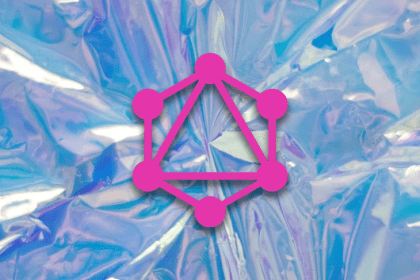
Mock GraphQL requests using the React Apollo library, which offers tools that can be integrated into React components.

Spend less time worrying about implementing data fetching logic and focus on building your app by using the Apollo Client with Next.js.
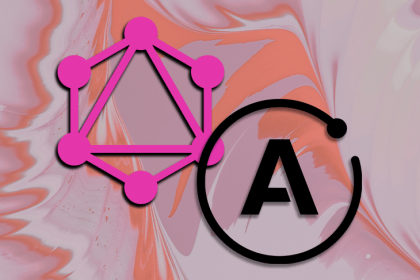
Set up a GraphQL API in Node.js and use Apollo Client to manage state data locally in a frontend app with smooth integration.
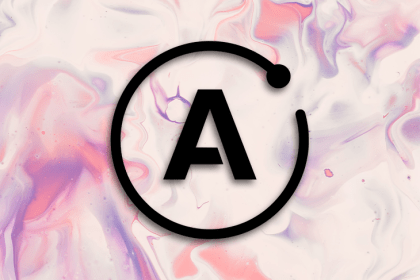
Learn about the latest features in Apollo Server 3 and how to implement a simple application and test it using Apollo Sandbox.
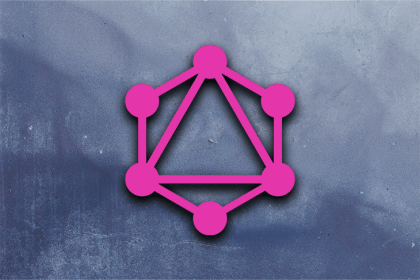
Have a MySQL database? Learn how to create a usable, scalable GraphQL API using Apollo and Node that you can customize however you want.
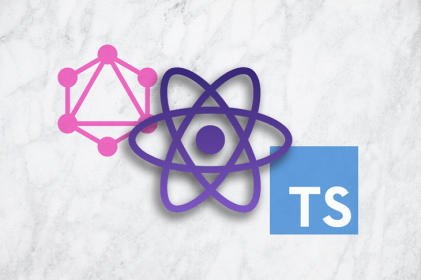
Build a fully functioning React app using the SpaceX GraphQL API with TypeScript. This tutorial will walk you through each step.

I’ve finally switched to urql, and it really does make a great alternative to Apollo Client. If you’re curious why, read more here.
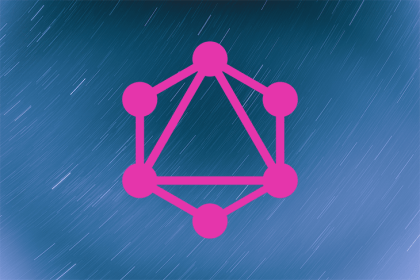
In this article, we will explore how to use the GraphQL query language with react-apollo to efficiently and seamlessly retrieve data from a server.

Apollo Client 3 offers several new features, including package rearrange changes and more caching features.
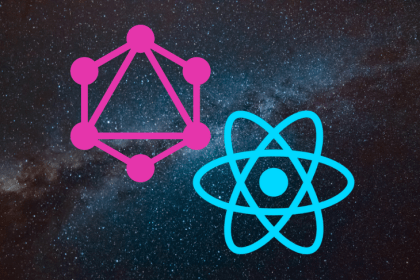
React class components require you to maintain lots of abstractions. React Hooks maintain the logic as a function, eliminating the need to encapsulate it.

This article teaches you to use JWT authentication to perform one of the most efficient and scalable methods for user authentication.
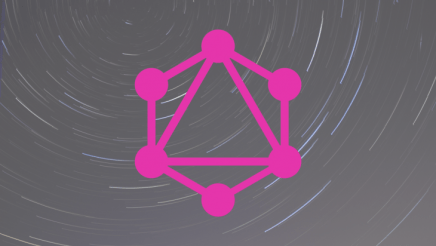
Does your query have repetitive fields in multiple areas? Consolidate them into a reusable unit called a fragment.